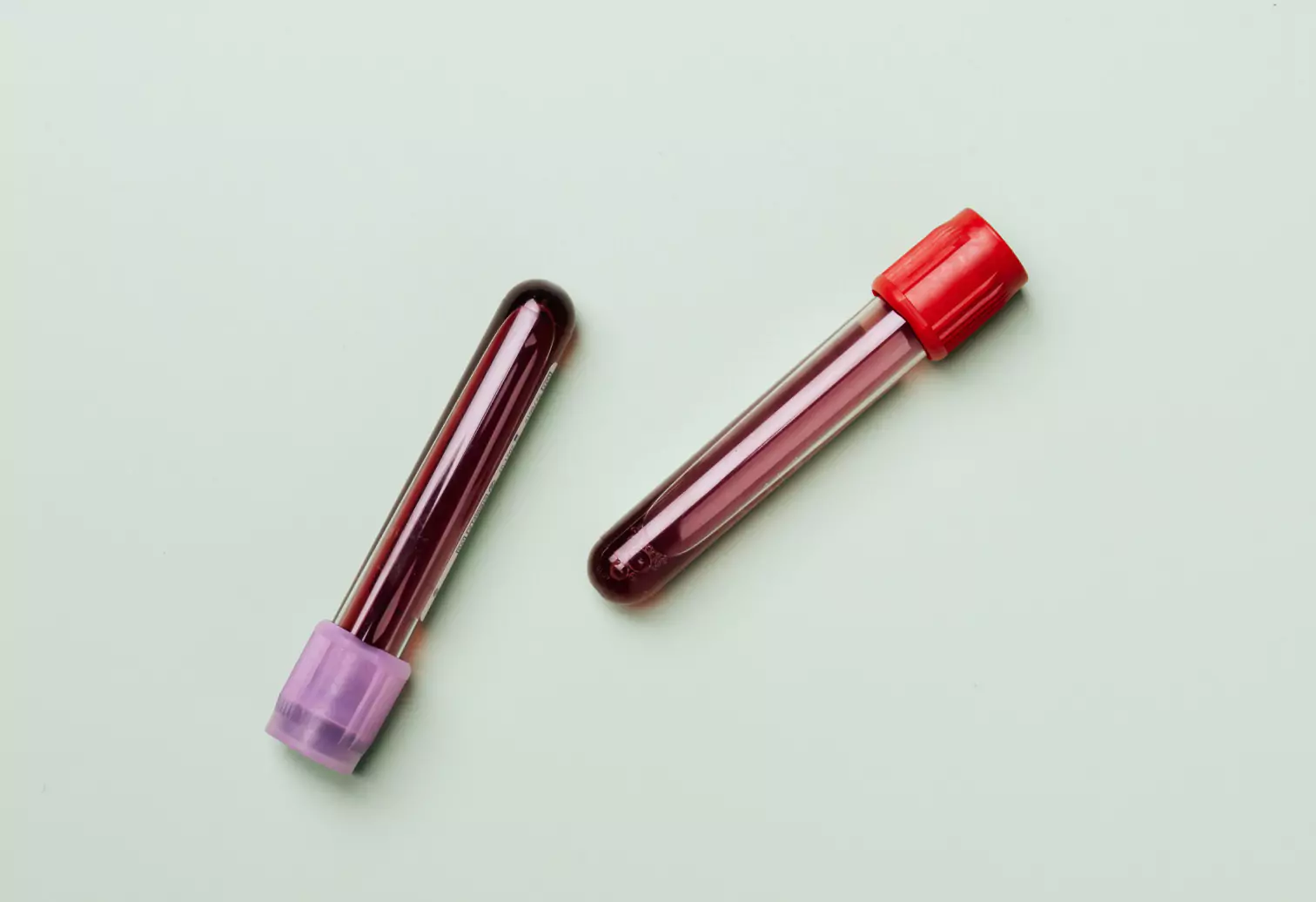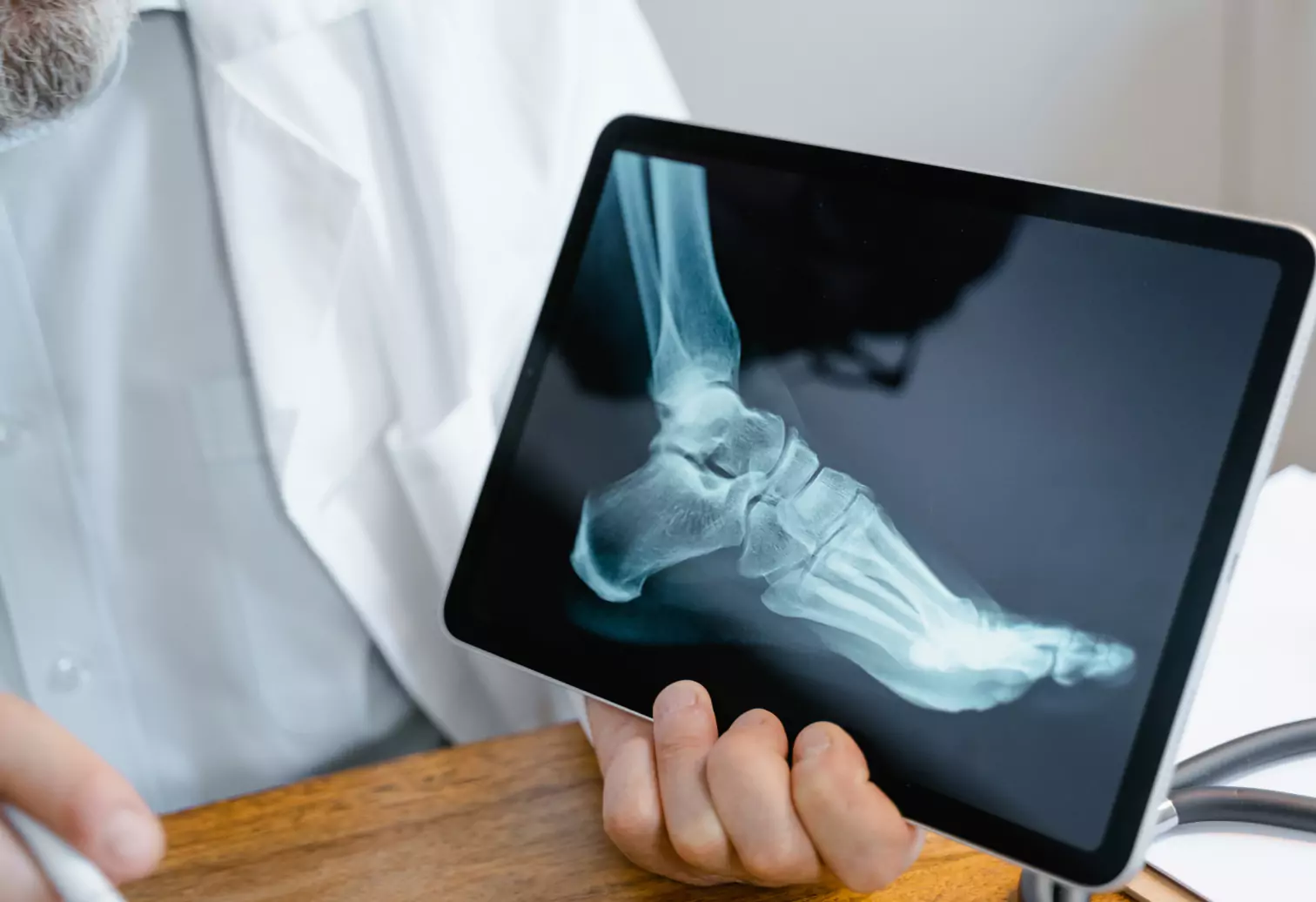
Key Takeways
Did you know that there's a condition known as Stone Man Syndrome? Or that Alien Hand is not a made-up condition from a sci-fi film but an actual neurological condition?
There are several weird, some even bordering on the bizarre, health conditions that you may not be aware of, but many people suffer from. While some are easy to treat, others are rare and difficult to diagnose and treat.
Though most of us may never encounter these, they're still fascinating to learn more about. Who is at risk? What are the symptoms and side effects? Is there anything you can do to prevent any of them? Read on to learn more about nine of the most fascinating, unusual health conditions.
1) Alice in Wonderland Syndrome

If you've ever read the popular Lewis Carrol book, you'll have some idea what this is about! Alice in Wonderland Syndrome (AIWS) is a condition that causes people to experience distorted perceptions of objects, including their own bodies.
People with AIWS may feel as though they are growing or shrinking, and objects around them may appear to change in size. These distortions can be pretty frightening, and people with AIWS often report feeling disoriented and confused. The condition may be associated with migraines, brain tumors, and certain neurological disorders. While there is no cure for AIWS, you can manage symptoms with medication and therapy.
Alice in Wonderland Syndrome is often associated with migraines, but it can also affect healthy people. Researchers are still trying to figure out what causes it, but genetics and certain infections may increase the risk of developing AWS. It may also have links to changes in brain activity.
Treatment for Alice in Wonderland Syndrome typically involves managing any underlying conditions, such as migraines. In some cases, doctors may also prescribe medication to help relieve symptoms. For many, the condition is temporary and will resolve itself over time. For others, the effects of AIWS can be long-lasting.
2) Foreign Accent Syndrome
It can be amusing when people affect accents unnaturally, but it may not always be a voluntary affectation for some people. Foreign Accent Syndrome (FAS) is a speech disorder that causes people to speak with a foreign accent.
The syndrome can be due to a stroke, brain injury, or other neurological condition. The syndrome was first described in the medical literature in 1907, but there have only been around 100 documented cases.
People with FAS often have difficulty pronouncing certain sounds, and their speech patterns may be different from those of their native language.
While it’s a relatively rare disorder, it can significantly impact a person's life. People with FAS often find it challenging to communicate with others, and they may feel isolated and anxious. In some cases, FAS can also lead to depression and anxiety. A speech therapist can help manage the condition and the self-esteem issues that may result from it.
3) Alien Hand Syndrome
Alien Hand Syndrome (AHS) is a rare neurological disorder that leads to involuntary movements of one hand as if it has a mind of its own. The affected hand often performs seemingly purposeful actions, such as picking up objects or opening doors, that the person does not intend to do. In severe cases, the hand can become violent, striking or grabbing at the person's own body or other objects.
Researchers once thought AHS was a psychiatric condition, but it is now known to be caused by damage to the brain's motor control center. This damage can occur due to stroke, tumors, or aneurysms. Treatment for AHS typically involves medication and physical therapy.
Surgery may also be necessary to correct this rare disease in some cases. For people with milder forms of the condition, therapy and lifestyle changes may be enough to reduce the frequency and intensity of the symptoms.
4) Aquagenic Urticaria
Aquagenic Urticaria is a rare condition that causes hives after contact with water. Although the condition's exact cause is unknown, one of the triggers may be an allergic reaction to chemicals or other allergens in their water.
Aquagenic Urticaria can affect anyone but is more common in women and people with lighter skin tones. It typically begins in childhood or adolescence, although it can occur at any age. The condition can be debilitating—exposure to even small amounts of water can cause severe itching, burning, and swelling. In some cases, the hives may also lead to difficulty breathing.
There is no cure for Aquagenic Urticaria, but treatments can help reduce symptoms and side effects. Antihistamines can relieve itching. In some cases, healthcare professionals may also recommend immunotherapy.
5) Congenital Methemoglobinemia

Congenital Methemoglobinemia is a rare blood disorder that affects people at birth. People with this birth condition have an abnormal level of methemoglobin, a type of hemoglobin, in their blood. Methemoglobin cannot deliver oxygen to tissues in the body, which can lead to serious health problems.
A common symptom of this condition is skin discoloration. You may notice a blue or gray tint to your skin due to the lack of oxygen in your blood. Other symptoms may include fatigue, shortness of breath, and heart problems.
The most common type of Congenital Methemoglobinemia, inherited in an autosomal recessive manner, is caused by a mutation in the gene that encodes an enzyme known as NADH-cytochrome b5 reductase.
It sounds like a mouthful, but what you need to know about this enzyme is that it's responsible for reducing methemoglobin, a form of hemoglobin that contains iron in the ferric state, back to hemoglobin. Without this enzyme, methemoglobin levels can build up to dangerous levels, causing symptoms such as cyanosis, shortness of breath, and dizziness.
There is no cure for Congenital Methemoglobinemia, but treatments may be able to help manage the condition and reduce symptoms.
6) Walking Corpse Syndrome
Cotard's Syndrome, or Walking Corpse Syndrome, is a rare psychiatric condition characterized by delusions of negation. Individuals with Cotard's Syndrome may believe that they are dead, do not exist, or are missing certain body parts.
Patients can also experience hallucinations in some cases—and some may even believe that they're immortal! The syndrome may bring up or increase existing instances of suicidal thoughts for some, so consulting with a medical professional to help with symptom and side effect management is a good idea.
The syndrome usually occurs due to another psychiatric condition, such as schizophrenia or clinical depression.
The exact cause of this syndrome is unknown, but it is believed to be associated with neurological damage or dysfunction. Treatment typically involves a combination of medication and psychotherapy. In severe cases, electroconvulsive therapy may also be an option. Most patients can manage their symptoms and live normal lives with treatment.
7) Werewolf Syndrome
No, we're not joking. Hypertrichosis, or Werewolf Syndrome, is a rare genetic condition. It may not turn you into a mythical 'werewolf' but is characterized by very werewolf-like hair growth all over the body.
The condition is also known as Congenital Hypertrichosis Terminalis (CHT) and typically occurs in just a few hundred people worldwide.
The condition may not sound severe but can cause significant physical and psychological distress.
Researchers believe it's linked to a mutation in the FGFR1 gene, which is a gene that helps regulate hair growth. As a result, people with the condition may develop thick facial and body hair, often at an early age. In some cases, the hair may cover your entire body, including your palms and the soles of your feet.
There are several possible causes of werewolf syndrome, including genetic abnormalities, certain medications, and underlying medical conditions. Treatment typically involves shaving, hair removal creams, and laser therapy. In some cases, surgery may also be necessary.
While werewolf syndrome can be physically and emotionally devastating for those affected by it, there are effective treatments available that can help to improve quality of life.
8) Morgellons Disease
Morgellons Disease is a little-known condition with various symptoms, including skin lesions, fatigue, and cognitive difficulties. The exact cause is unknown but may be linked with infection or inflammation in your nervous system. Other symptoms of Morgellons Disease include fatigue, joint pain, and poor concentration.
Treatment for Morgellons Disease is often challenging, and there is no cure. However, some patients have reported improvement with supportive care and medication. If you think you may have Morgellons disease, it is vital to see a doctor for a proper diagnosis. With early detection and treatment, you can improve your quality of life and avoid potential complications like worsening symptoms. .
9) Stone Man Syndrome

Stone Man Syndrome, or Fibrodysplasia Ossificans Progressiva, is a rare condition that causes the formation of calcium deposits in the muscles, tendons, and joints. These deposits can cause the affected areas to become stiff and rigid, making movement difficult.
The disorder leads to the formation of bone growths, or "ossifications," which can fuse joints, restrict movement, and cause pain. There is currently no cure for FOP, and treatments are limited to managing symptoms and slowing the progression of the disease.
FOP is a progressive disorder, meaning that it worsens over time. The condition typically begins in early childhood, with the first signs appearing between two and four.
Currently, there is no cure for Stone Man Syndrome. However, treatments are available that can help to improve symptoms and quality of life. These include physical therapy, medications, and surgery. With proper treatment, people with Stone Man Syndrome can lead full and active lives.
Many people develop or are born with various underdiagnosed and underresearched syndromes and conditions every year. There may be as many as 7,000 rare diseases, and the total number of Americans living with a rare disease is between 25 to 30 million.
So, while it's impossible to compile all of them on one list, and some do sound amusing, it's essential to continue drawing more attention to recognizing and treating them.
Find the right Nutrisense programto turn insight into progress.
Go Beyond Glucose Data with Nutrisense
Your glucose can significantly impact how your body feels and functions. That’s why stable levels are an important factor in supporting overall wellbeing. But viewing glucose isn't enough. Nutrisense, you’ll be able to learn how to use your body's data to make informed lifestyle choices that support healthy living.
One-to-one coaching
Sign up to access insurance-covered video calls to work with a glucose expert: a personal registered dietitian or certified nutritionist who will help tailor your lifestyle and diet to your goals.
Monitor and measure what matters
With the Nutrisense CGM Program, you can monitor your glucose with health tech like glucose biosensors and continuous glucose monitor (CGM)s, and analyze the trends over time with the Nutrisense App. This will help you make the most informed choices about the foods you consume and their impact on your health.
Find your best fit
Ready to take the first step? Start with our quiz to find the right Nutrisense program to help you take control.

Katie is a dietitian at Nutrisense. With over 11 years of experience as a dietitian in many areas of nutrition, Katie has worked as a clinical dietitian within a hospital, as well as in the fields of diabetes, sports and performance nutrition, recovery from addiction, and general wellness. She’s also an athlete and has run 8 marathons, including the Boston Marathon.


.webp)

